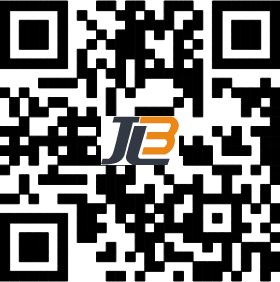Stop fighting with hand-held tape guns. If your warehouse is shipping more than 50 boxes a day, manual taping is costing you money—in wasted tape, slow speeds, and repetitive strain injuries. Look at the photo above. This is the Kingnode KN-366BHP, an electronic water-activated tape dispenser. It sits quietly on the bench, but it changes the entire rhythm of a packing line. Here is why you need to upgrade. 1. The Magic of "Press and Go" The Feature: See that keypad on the side? It’s not for calculation; it’s for precision. You want 60cm of tape? You press a button. The Benefit: With a manual gun, employees guess the length. They pull too much (waste) or too little (insecure). With the KN-366BHP, the machine dispenses the exact length, moistened and cut, in under a second. No guessing, no fatigue. 2. Built for the Warehouse Floor The Build: This isn't a flimsy office gadget. The KN-366BHP is designed with a large water tank and a robust heater (for cold environments) to ensure the glue activates perfectly every time. The Workflow: Notice how clean the workspace looks in the photo? No tangled tape, no cutters lying around. It professionalizes your fulfillment station instantly. Before you buy, here is what you need to consider: Upfront Cost: This machine costs significantly more than a $10 tape gun. You need to view it as an investment (ROI), not a consumable expense. Stationary vs. Mobile: While this model is compact, it is designed to sit on a bench. If your packers need to run around the warehouse to seal pallets in different corners, a handheld solution might still be needed alongside this. If you want to move from "shipping boxes" to "professional fulfillment," the Kingnode KN-366BHP is the bridge. It turns a manual, messy chore into a fast, standardized process. Ready to speed up your packing line? Ask us for a demo video of the KN-366BHP in action.
Learn More English
English Deutsch
Deutsch español
español العربية
العربية 中文
中文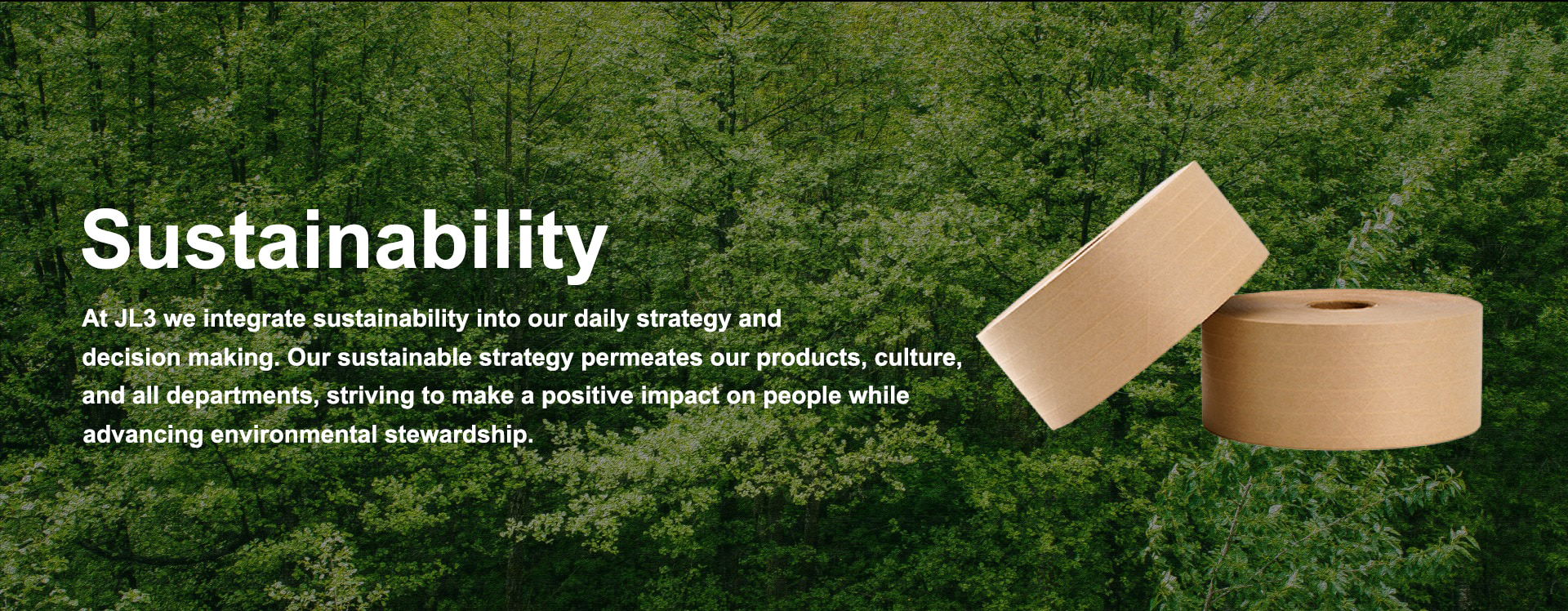
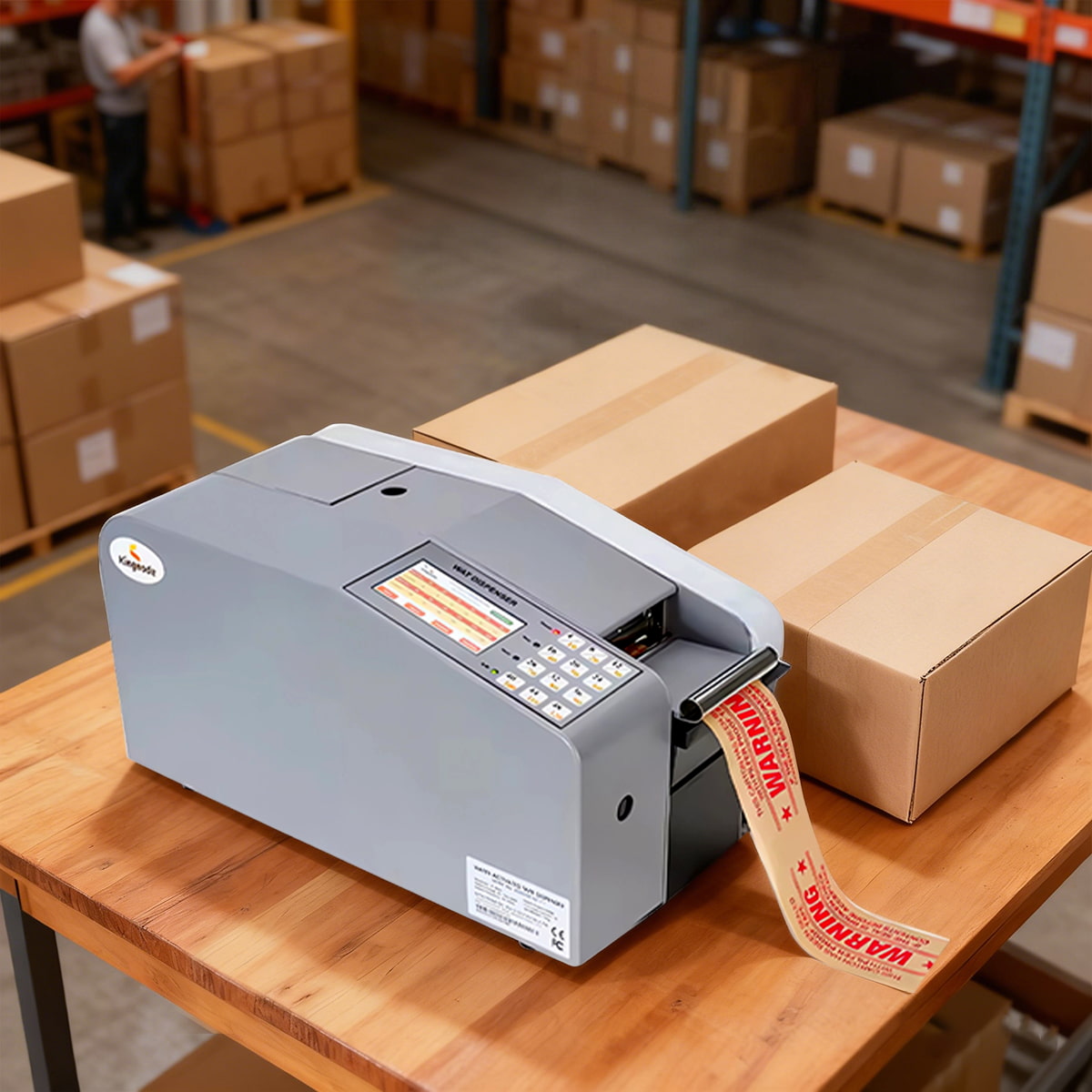
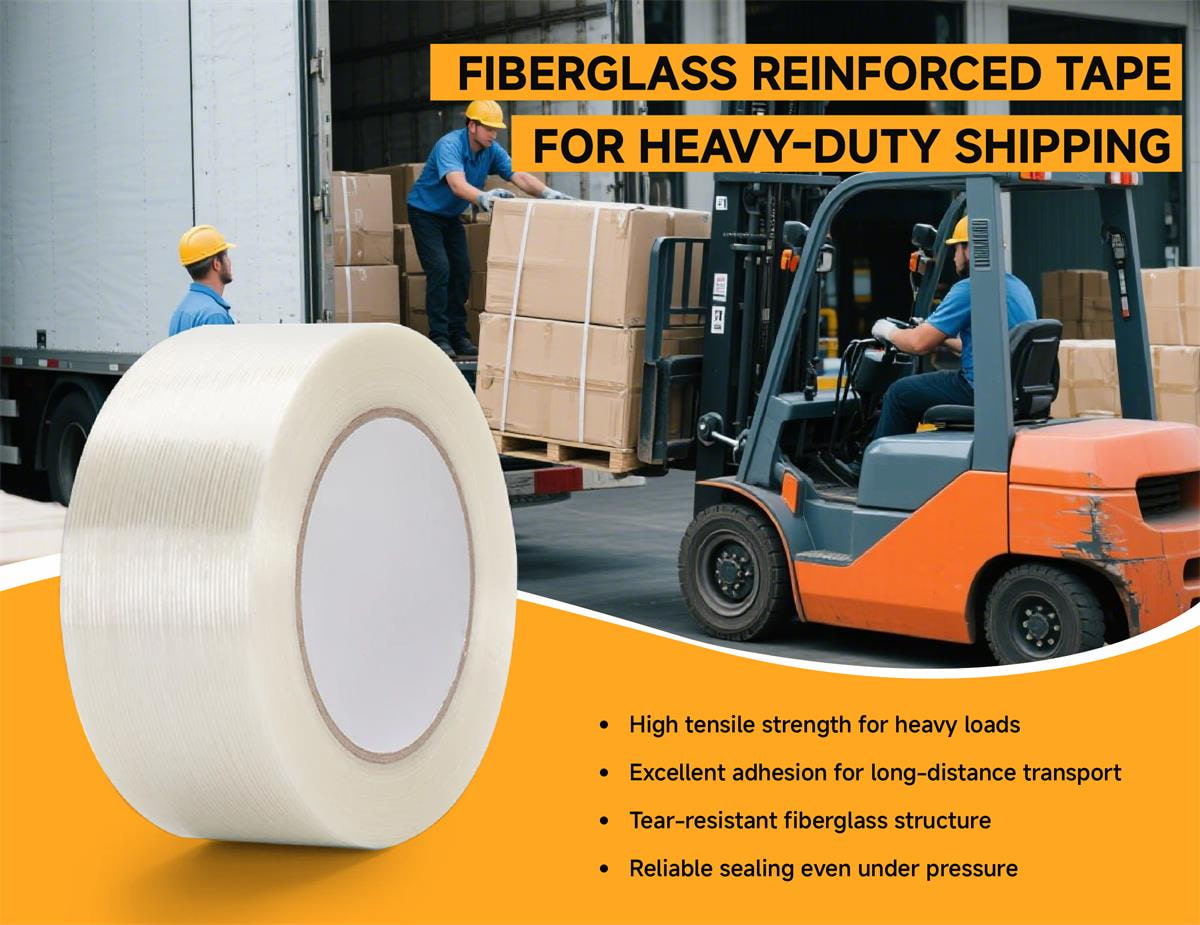
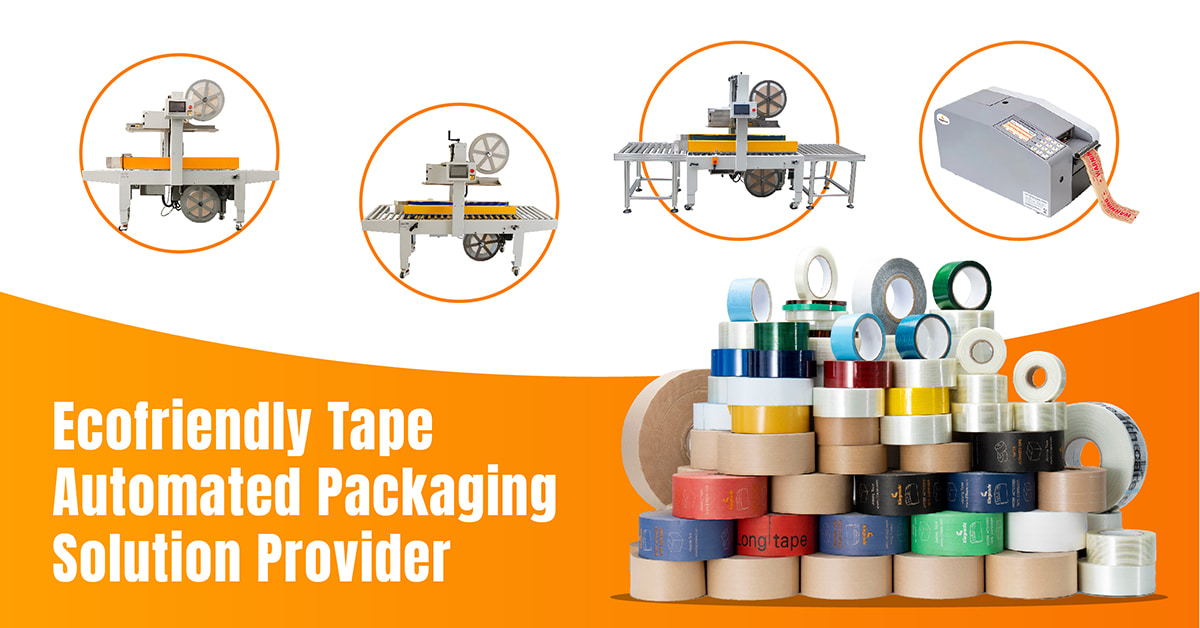
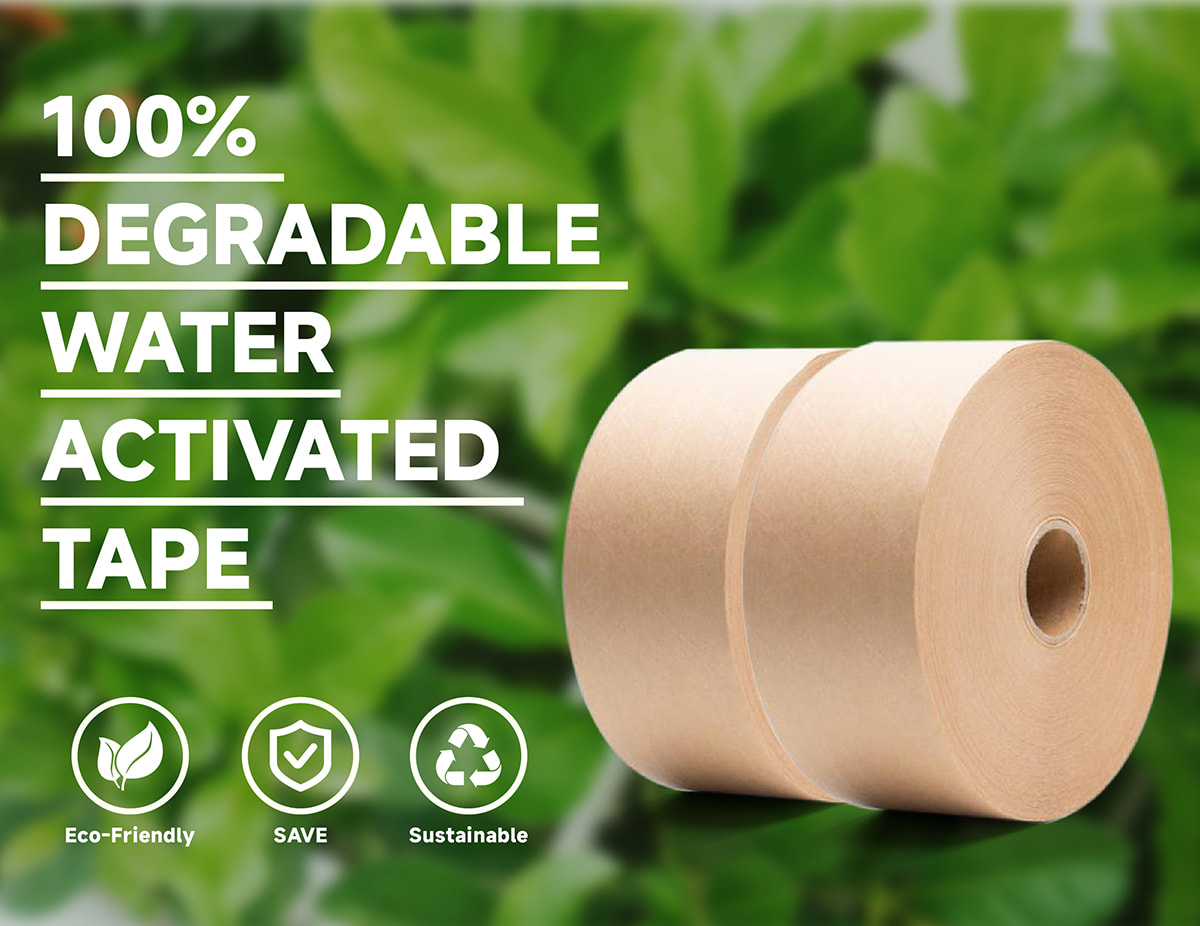
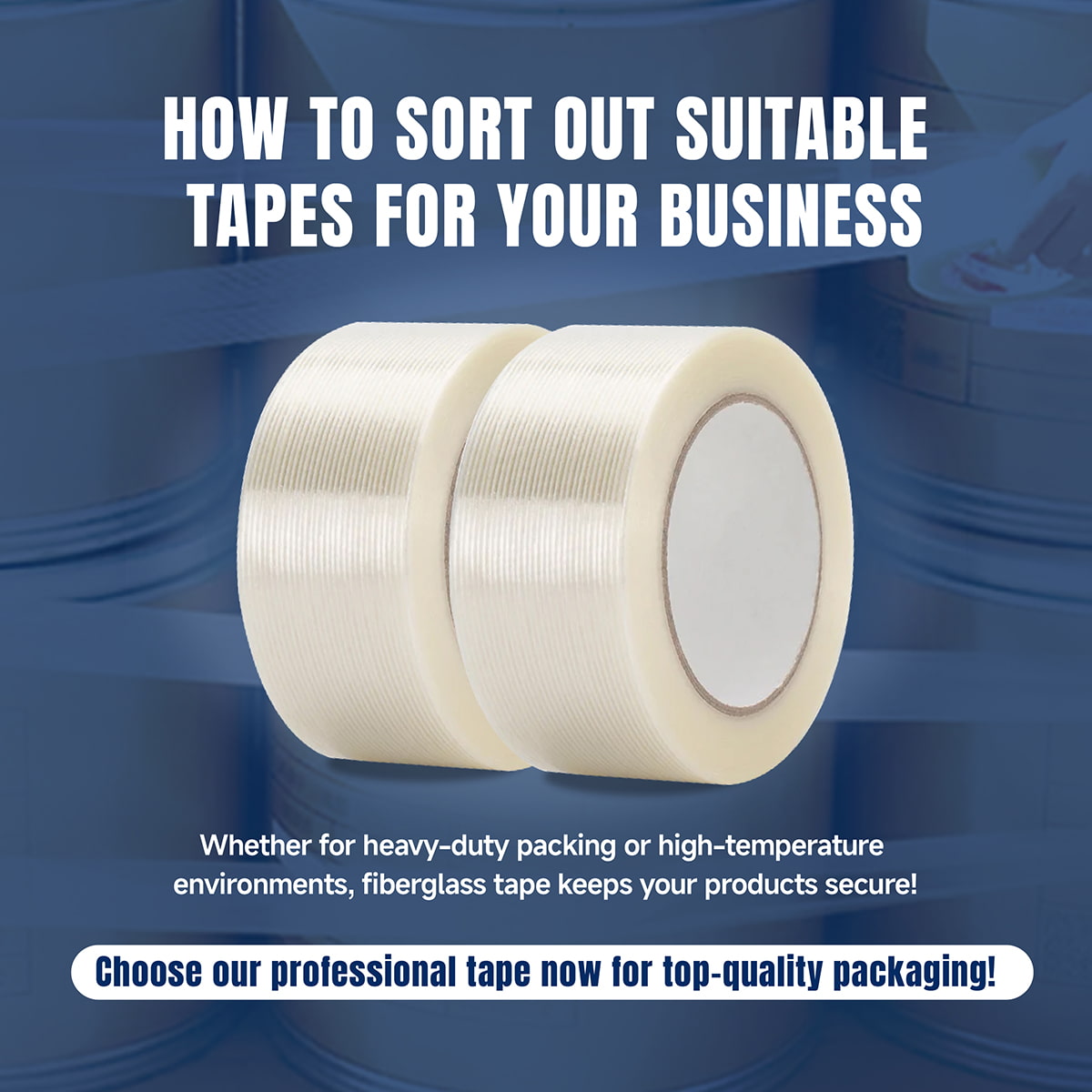
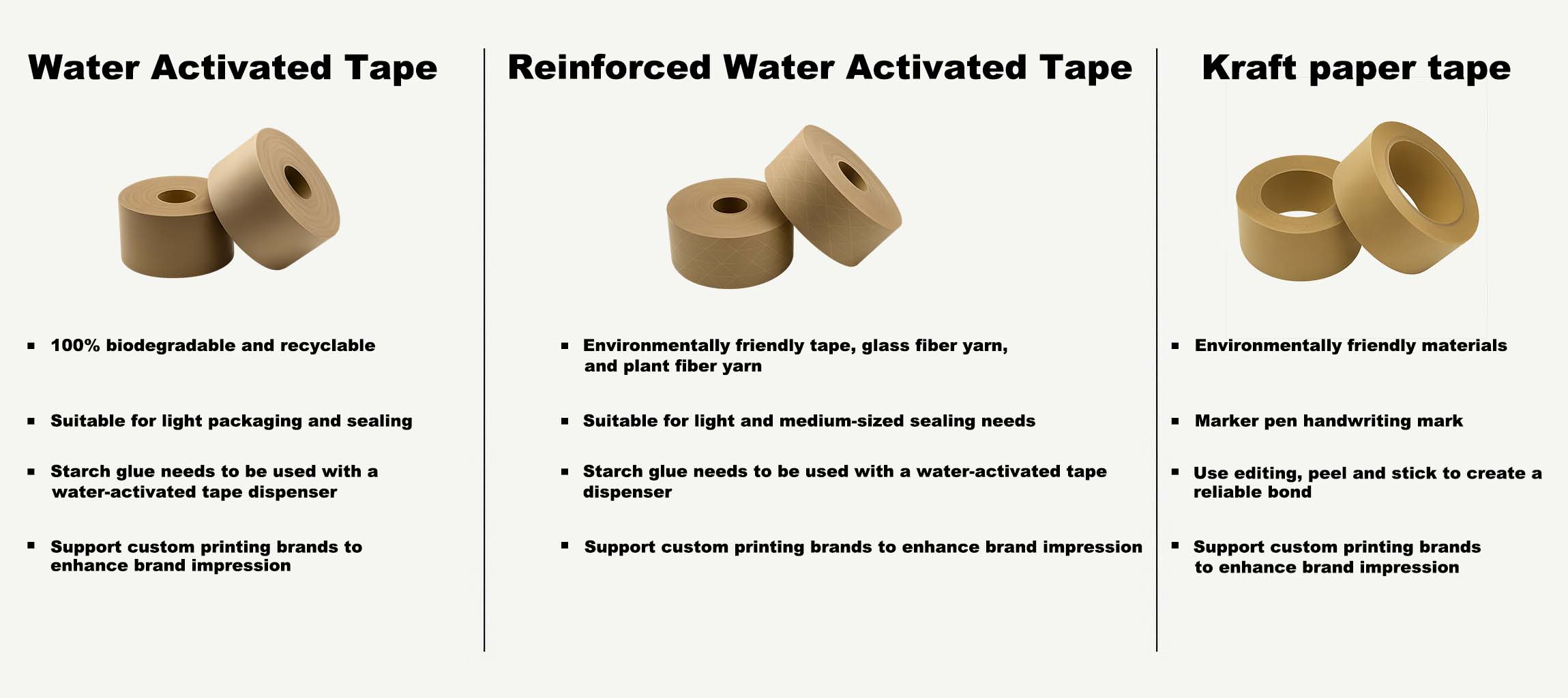
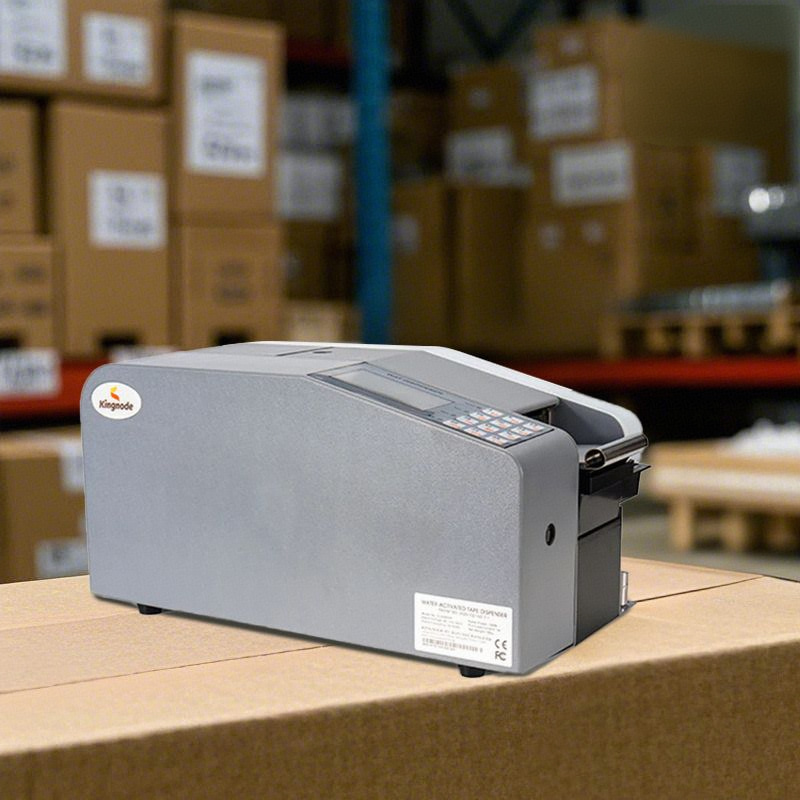




 IPv6 network supported
IPv6 network supported